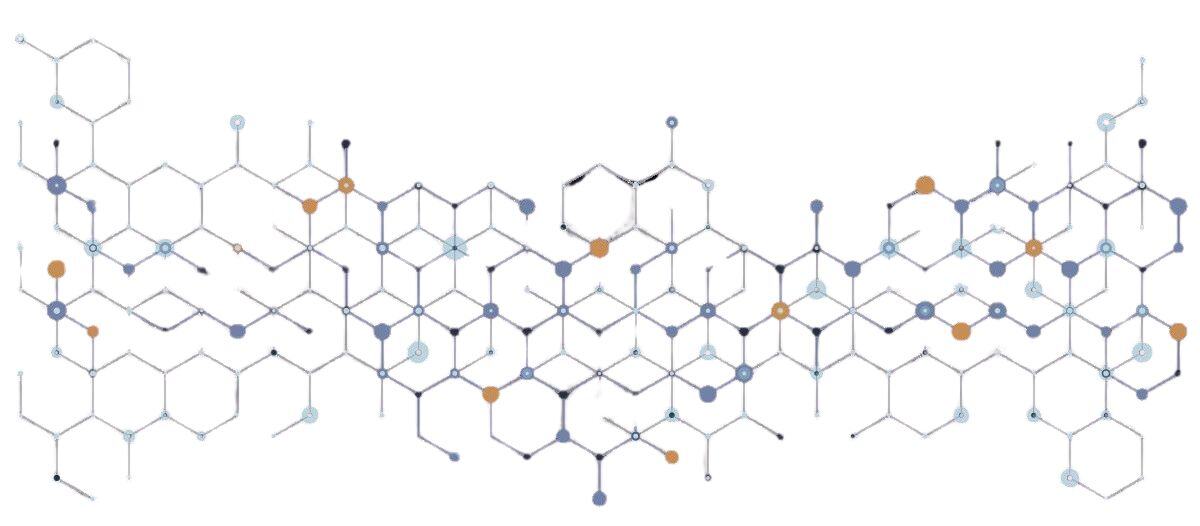Staying Connected
Using FSMs to improve safety & compliance

In the upstream oil and gas industry, many elements are in motion before work at the well even begins. A large portion of the workflow starts and ends within outside facilities as field service companies and their technicians support upstream producers by supplying the proper equipment, tools and machinery needed throughout the production process - from field service facilities to well sites and back again.
The hazardous equipment assets and machinery technicians use daily in the field are increasingly complicated and can lead to more issues and injuries than ever before. Due to these occurrences, it is no surprise that the Occupational Safety and Health Administration (OSHA) has named equipment failure and machinery problems within a list of some of the most-cited violations. Safety at the job site tends to be the No. 1 concern. Still, that safety begins well before a technician is on site – it starts within the field service facility. Companies in the field service sector with the foresight to invest in an end-to-end digital solution technology will withstand unforeseen complications in the future and guarantee technician safety, compliance, concise asset maintenance and repair, and accessibility, to name a few.
Asset safety & maintenance
Safety at the well site relies heavily on assets and equipment delivered from equipment facilities. When machines are neglected, it comes with an increased operational risk that exacerbates predictive and preventive maintenance programs. This increased risk is heightened for companies that use hundreds or thousands of pieces of equipment and machinery at a multitude of well sites. The bottom line becomes: When assets are running correctly, it creates a much safer field environment and helps facility, fleet and safety managers empower their workforce.
Initially, all equipment is contained within a facility, and from there, facility managers and dispatchers can utilize a field service management (FSM) solution to manage inventory, conduct preventive maintenance, dispatch equipment to job sites and more. For instance, from the moment a field service vehicle is sent to a well site with geotechnical drilling equipment to be used on the job, everything related to the equipment’s usage can also be captured within the FSM solution. This gives businesses and managers remote visibility to assets on site: operating time, how much it is being utilized, engine hours and anything else associated with proper maintenance when it returns to the facility. Before an asset begins breaking down, experiencing issues or needs general maintenance, an FSM solution sends an alert that notifies facility, fleet and safety managers of the piece of equipment requiring attention while also providing greater visibility into upcoming costs, increasing the quality of service.
When an asset is returned to the facility, FM teams can check and log equipment, utilize spare parts e-procurement and perform any necessary maintenance. A digital solution – through enterprise asset management (EAM) – can see that an asset comes from a particular well site and knows it needs 250-hour engine maintenance. On the flip side, when field technicians on site use paper to document parts that had to be replaced, that data can be lost. With a digital solution, every piece of information is recorded and always accessible at both the well site and the facility. In turn, machines that are well kept will not only be safer, but they will have longevity in terms of usability. When it comes down to it, utilizing an FSM solution bolsters safety, sustainability and reliability.
FSM solutions can also ensure safety through proper asset management by keeping FMs well informed on all the relevant safety regulations, maintaining safety logs, and conducting and documenting safety inspections in all work areas.
Compliance
 Whether negotiating, developing or implementing contracts, an FSM solution can bolster project management, budgeting and compliance for facilities, fleet and safety managers in the oil and gas industry. For example, in a manual world where paper tickets are used, as field technicians are working on site, they are also responsible for tracking all the specifics of their day. This can include several tedious things such as specific timing of events, what problems they have encountered and the documentation of safety meetings. This data can be utilized if compliance issues arise.
Whether negotiating, developing or implementing contracts, an FSM solution can bolster project management, budgeting and compliance for facilities, fleet and safety managers in the oil and gas industry. For example, in a manual world where paper tickets are used, as field technicians are working on site, they are also responsible for tracking all the specifics of their day. This can include several tedious things such as specific timing of events, what problems they have encountered and the documentation of safety meetings. This data can be utilized if compliance issues arise.
Ensuring compliance and safety throughout the life of the job is of paramount importance. However, when scheduling operations with multiple rotations and shifts, this can become complicated. With scheduling and dispatch capabilities, the current availability of field technicians and their qualifications based on customer requirements, including the tools they are using and the services they are providing across shifts and rotations, can be tracked easily from the facility. Automated shift scheduling through an FSM solution can also ensure that all necessary qualifications have been met for the job to start and complete, guaranteeing safety compliance throughout the job.
Fleet management
For FMs who oversee O&G fleets, there are several hurdles they must overcome, such as addressing supply chain issues and figuring out how to boost the daily productivity of a stretched workforce. FSM software can help overcome these issues while continuing to grow revenue. It keeps FMs in the know at all times while expediting workflows and ensuring no delays at the worksites their teams are servicing. Additionally, a handful of transformation solutions integrated into facility workflow can automate a dispatcher’s tasks.
For example, with FSM e-ticketing, the entire ticketing process can be done anywhere, from invoicing to operations and field personnel – online or offline. All the collected data can be used to create custom reports, giving time back to the workers and allowing them to focus on more important matters while still providing FMs with data to make more informed decisions.
When it comes to keeping track of fleets on the move, through geofencing by way of these digital solutions, dispatchers at the facility can easily schedule and plan routes in advance, capture driver locations and track assets for proof of delivery. These technologies create a smooth operational process that eliminates the risk of errors.
Communication and safety
Many businesses suffer from a disconnect between field operations, facilities and back offices, despite an expanding need for real-time data from the well sites. Working this way can create inconsistencies and silos that hinder long-term success and increase safety risks for technicians working in the field. An FSM solution integrates systems and allows for the free flow of information between the field, facility and back office.
This ability to communicate via video and phone calls, messaging and file and image sharing ensures that everyone is aware of safety hazards and can adjust their plans and day accordingly. Through an FSM solution, messages are meaningful and as frequent as they need to be, but it also ensures the information workers in the field receive is relevant only to their worksite. The communication is targeted so that they do not get irrelevant updates, reducing alert fatigue that can result in workers lacking urgency.
A well-oiled machine
The connection between the facility and the field is a crucial piece of the puzzle regarding the upstream O&G industry. Implementing an FSM solution that can keep everyone connected, safe and in compliance in all areas is an essential tool for supporting businesses running smoothly and profitably. It handles mundane yet necessary tasks in a highly efficient way and creates an ideal working environment where everyone can focus on the most important matters that keep operations functioning at the highest level.

Matt Danna is the senior director of product strategy at ServiceMax and has worked in software for over 25 years. Danna’s background brings a depth of knowledge in software engineering, sales engineering and product management. He primarily works with customers, key stakeholders, implementation managers, account executives and developers to ensure alignment across all parties.
Read more on Finance & Business , Operations & Maintenance , Communication and Risk Management
Explore All FMJ Topics









